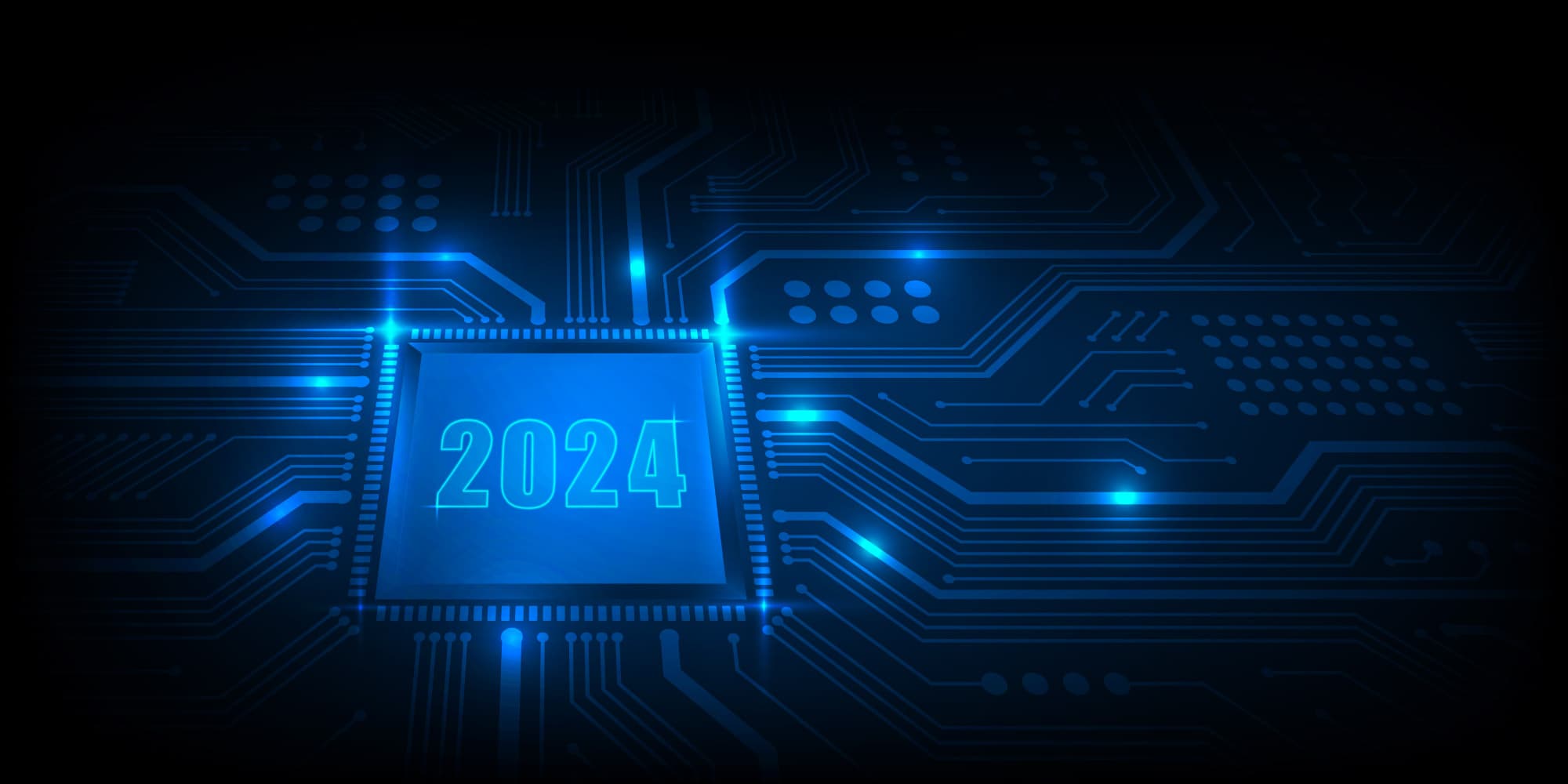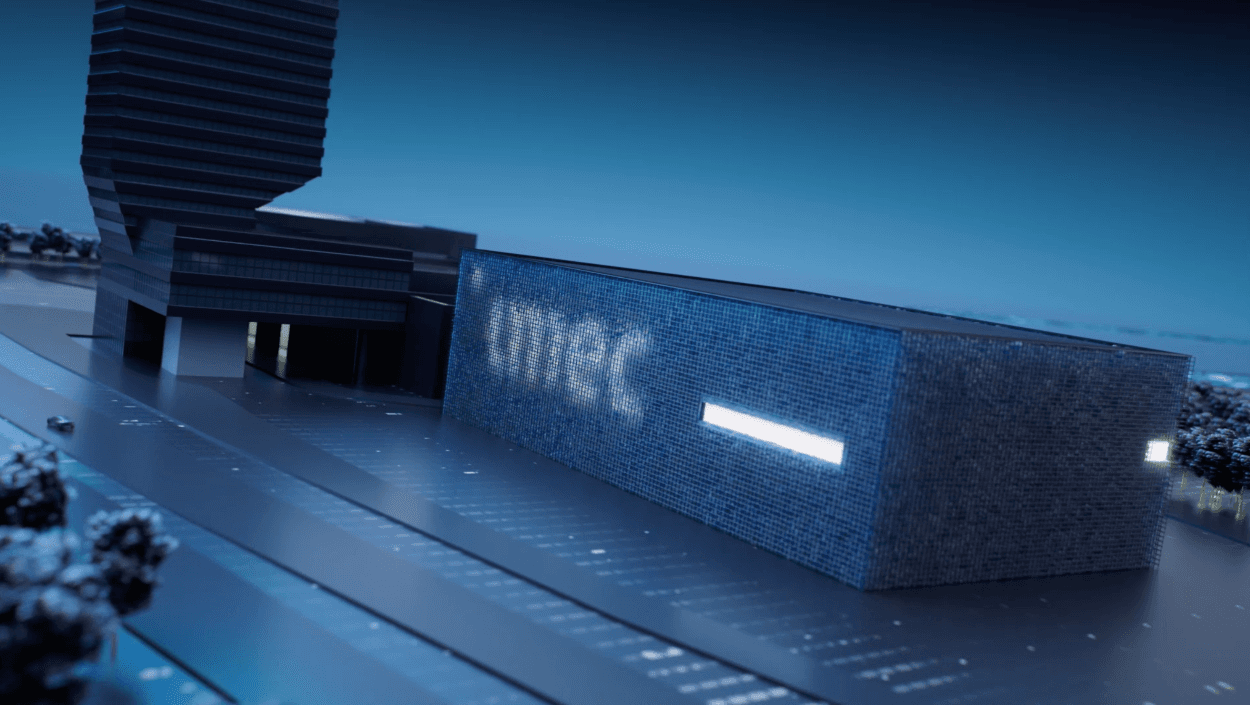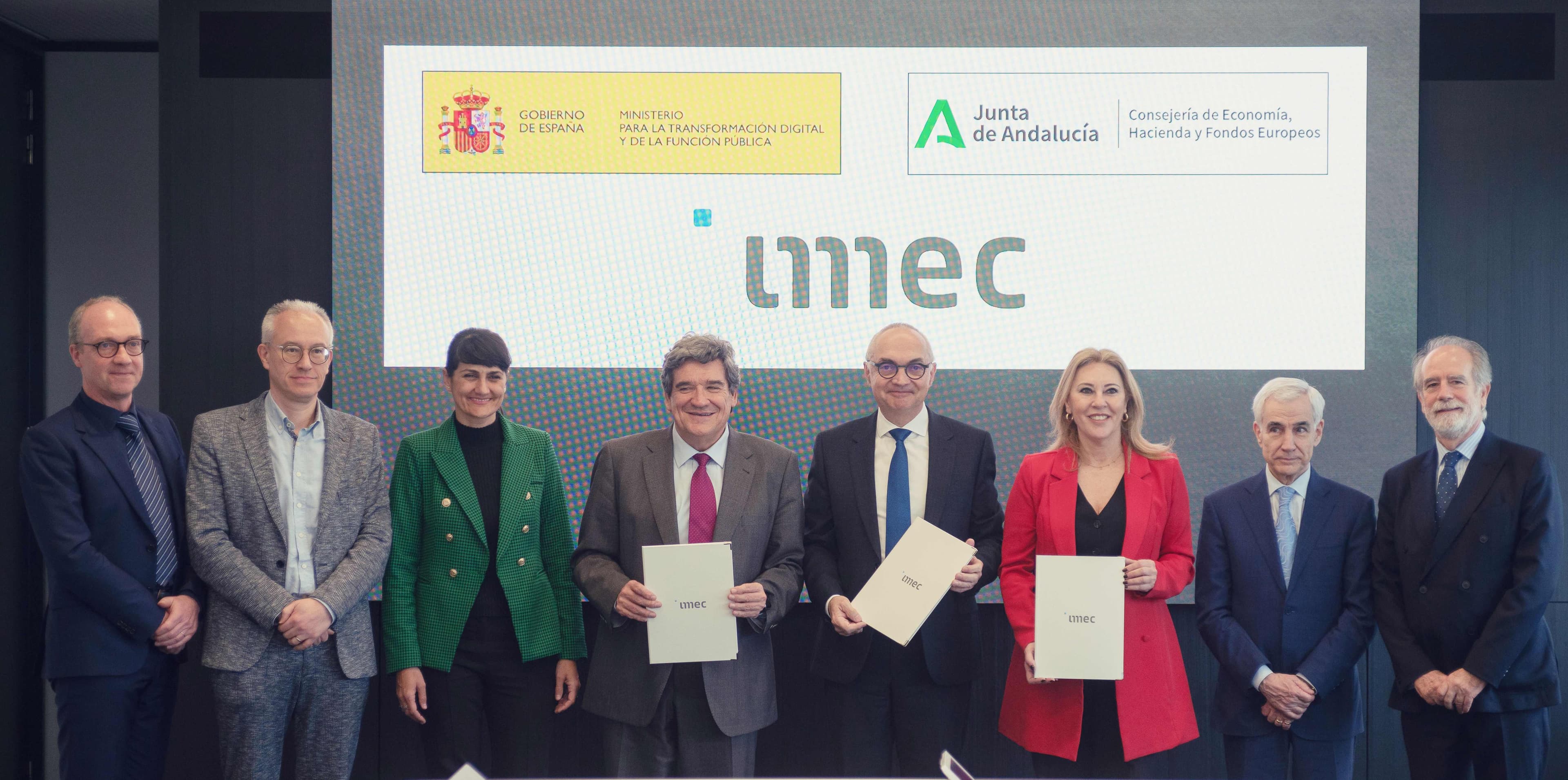A fresh look at chips
Twice a year I go off to visit our partners in the US to discuss the research we are doing together in the area of computer and memory chips. We also talked about the latest results we have achieved in Leuven, working in conjunction with their researchers. You will read more about one of these results elsewhere in this issue of the magazine. Basically, they relate to the total solution that we have developed with our partners to produce the finest structures for the back-end of line of future chips, based on EUV lithography. Areas such as resist materials, design techniques, masks and etching processes have all been optimized, meaning that the process is now ready for industry.
Our new website also happened to be included in the conversation during my visits to the chip companies. The site features nice examples of the ‘smart applications’ we are working on: a sensor patch for pregnant women, self-driving cars, etc. This magazine also includes one such example: a ‘smart health’ platform that uses chips with light to detect molecules. We call it ‘biophotonics’ and it will help doctors and hospitals to monitor their patients better. But now that such a lot of attention is being paid to smart applications, the question naturally comes to mind of whether chip technology will become less important for imec.
Absolutely not! That’s because chip technology is at the very foundation of all these innovations and new developments will continue to be required if we are to deliver the enormous raw computing power and memory capacity for servers and supercomputers. And we need these machines to deal with all the data generated by our connected world. We also need to be able to keep developing chip systems ourselves to make the new smart applications possible as they come on stream. This in turn means that a whole range of technologies have to be upgraded and optimized with the system. Because each and every application has its own specific needs – just think of the conditions in which chip systems for driverless cars have to operate, or the ultra-low power specifications for implantable chips.
Last month, I gave a talk on this very topic in Korea. How Moore’s Law and developments in chip technology have brought us to where we are today – and why they are essential in this era of the Internet of Things, the age of smart applications. We will take Moore’s Law further, with us not only scaling technology in the traditional manner, but also developing new ways of incorporating additional complexity in chips.
After a busy month in the US and Asia, I went somewhere quieter: the Swiss Alps, where I go skiing with my family each year. Even though my two children are adults now, we still find it important to do things together as a family. But you don’t need to go on a trip to have some ‘quality time’ with your family. In the article on Cartamundi in this magazine, I read that it is a hype again to play board and card games with your family and friends. And if we can include imec technology in these games, they will become even more engaging for the smartphone generation.
Luc Van den hove,
General Director and CEO of imec
Published on:
5 March 2017














